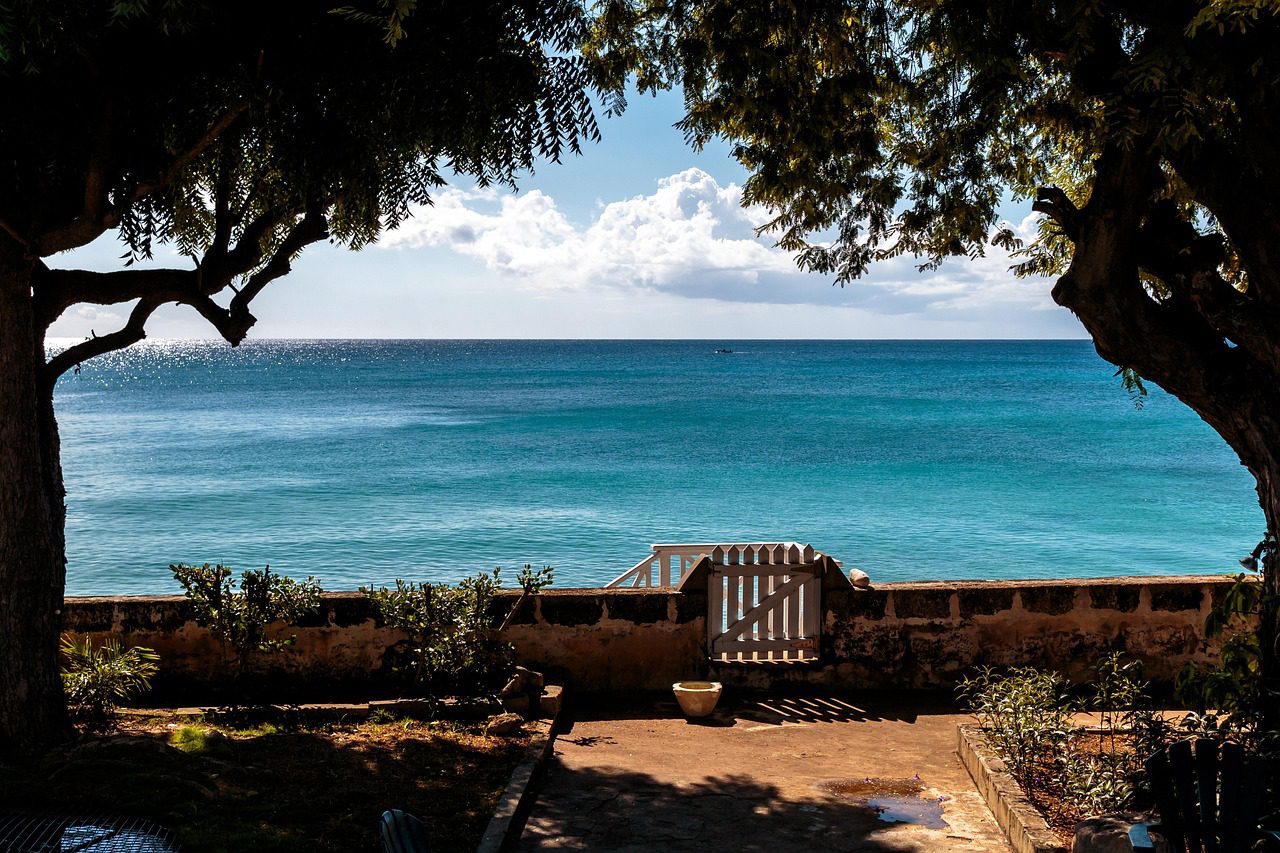For discerning investors, the current landscape of Punta Cana’s real estate market presents an exceptionally compelling opportunity. Beyond its undeniable allure as a premier Caribbean destination, a convergence of robust economic indicators, sustained tourism growth, and strategic governmental incentives positions Punta Cana as a secure and appreciating asset class. The data strongly suggests that this is not merely a good time, but perhaps the ideal moment, to secure a stake in this vibrant region.
The bedrock of Punta Cana’s real estate strength lies in the Dominican Republic’s thriving tourism sector. In 2024, the nation welcomed an astonishing 11.19 million visitors, marking a remarkable 9% growth over 2023 and an impressive 48% increase compared to pre-pandemic 2019 figures. Punta Cana International Airport alone served as the entry point for nearly 5 million of these arrivals, representing 59% of the total tourist influx. This exponential growth isn’t slowing; in the first four months of 2025, the Dominican Republic already received over 4.3 million visitors, with Punta Cana maintaining its position as the main gateway, concentrating 64% of tourists. This consistent and robust visitor demand directly translates into a flourishing short-term rental market, with average residential rental yields in Punta Cana projected to reach an attractive 8% by 2024, and even higher in prime beachfront areas, potentially climbing to 14-15%. The average short-term rental occupancy rate in Punta Cana was 49% between June 2024 and May 2025, with popular areas like Uvero Alto and Punta El Cortecito achieving 64% and 59% respectively, demonstrating consistent demand.
Beyond immediate rental income, the appreciation of real estate values in Punta Cana offers a significant draw for long-term capital growth. While the market has stabilized after a post-COVID surge, forecasts indicate a consistent annual appreciation of approximately 1.5% from 2024 through 2029 for the overall market. More specifically, luxury beachfront villas are projected to see annual growth of 2.74% from 2024 to 2028, reflecting heightened demand for high-end properties. Apartment prices have already shown notable increases, climbing by 7% between 2023 and 2024, reaching an average of $1,980 per square meter by mid-2025. This steady upward trend, alongside a significant foreign investment influx (with the U.S. and Canada being leading sources of buyers), underscores the market’s stability and growth potential.
The Dominican government actively cultivates this attractive investment environment through strategic incentives. The “CONFOTUR Law” (Law 158-01) stands as a cornerstone, providing substantial tax exemptions for properties located within designated tourism development zones. These benefits can include exemption from the 3% property transfer tax, exemption from the annual 1% Real Estate Property Tax (IPI) for 10 to 15 years, and even potential income tax exemption on rental revenue for up to a decade. Such policies significantly enhance the profitability and reduce the holding costs for foreign investors, making the entry point into this market highly favorable.
Considering the impressive and sustained tourism boom, the consistent appreciation in property values, and the strong governmental support through tax incentives, investing in Punta Cana real estate right now represents a strategic, low-risk opportunity. At DL Vivento, we are always looking for low-risk investments for our clients, and the robust fundamentals underpinning Punta Cana’s real estate market unequivocally make it a safe bet for both generating attractive rental income and realizing substantial long-term capital appreciation.

